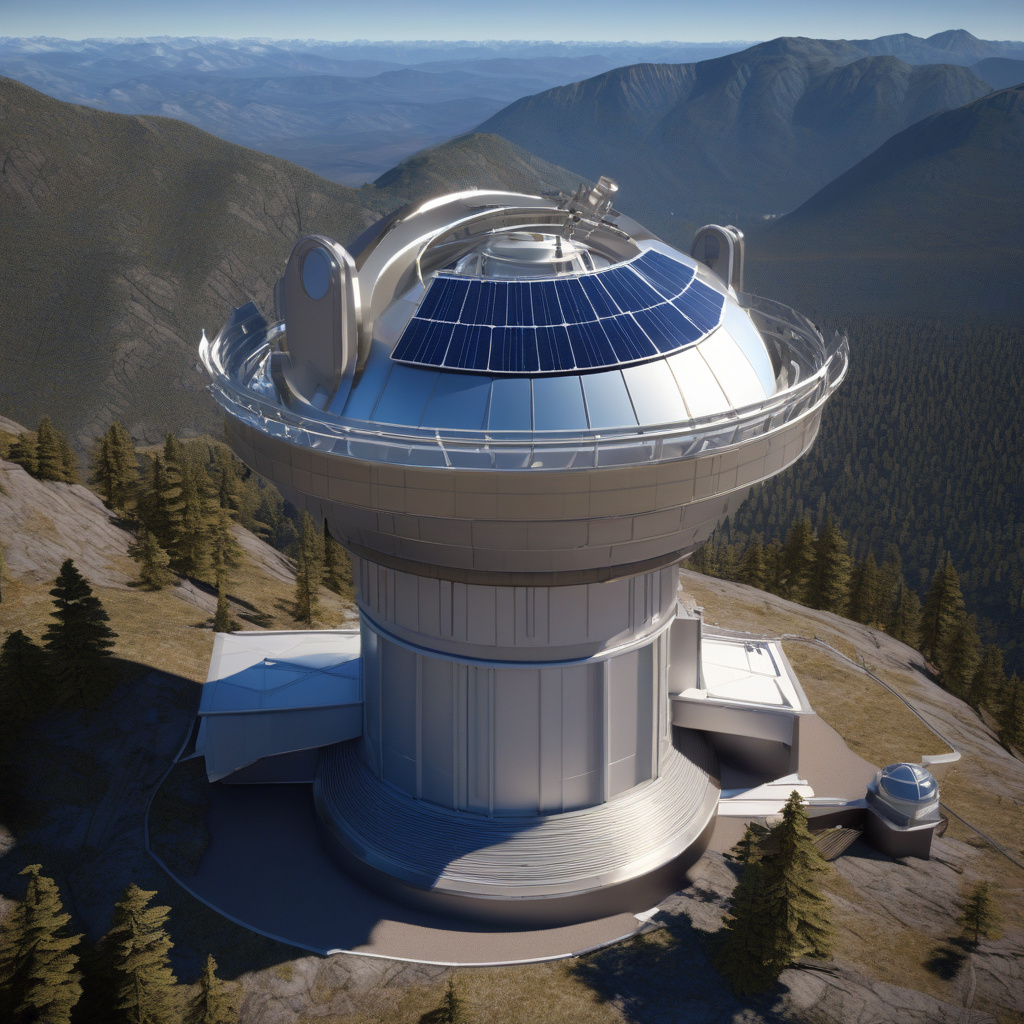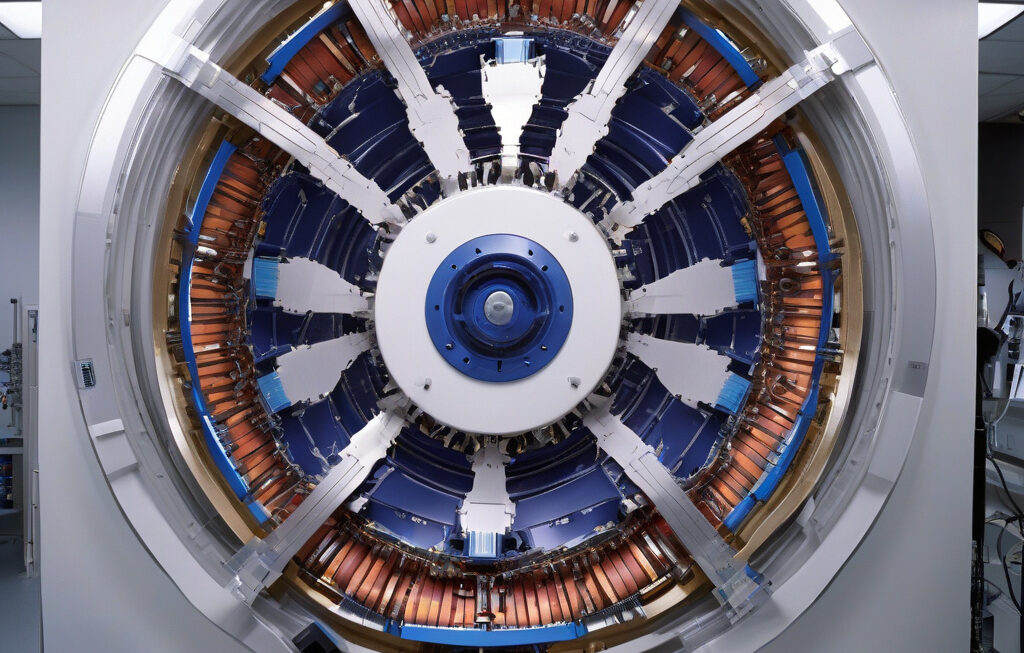Ground-based Solar Telescope Sees the ‘Building Blocks’ of Flares for First Time
Our parent star, the Sun, has always captivated and mystified us. Now, a new achievement in solar observation has brought us closer to understanding the intricate mechanisms at play in the fiery dance of solar flares. The Inouye Solar Telescope in Hawaii, the world’s largest ground-based solar telescope, has recently captured unprecedented images revealing the ‘building blocks’ of solar flares for the first time.
Solar flares are powerful bursts of radiation that erupt from the Sun’s surface, releasing energy equivalent to millions of hydrogen bombs. These intense bursts of solar activity can have significant impacts on our technological infrastructure, from disrupting satellite communications to causing power outages on Earth. Understanding the mechanisms behind solar flares is crucial for predicting and mitigating their potential effects.
The groundbreaking images captured by the Inouye Solar Telescope provide new insights into the processes that lead to the formation of solar flares. By observing the Sun in unprecedented detail, scientists have been able to identify the ‘building blocks’ of flares, including the emergence of twisted magnetic fields and the formation of plasma jets. These observations offer a glimpse into the complex interplay of magnetic fields and plasma dynamics that drive solar activity.
One of the key findings from the recent observations is the discovery of small-scale magnetic structures known as magnetic flux ropes, which are thought to be the precursors to larger solar flares. These twisted structures play a crucial role in the build-up of magnetic energy within the Sun’s atmosphere, ultimately leading to the explosive release of solar flares. By capturing these magnetic flux ropes in action, scientists have gained valuable insights into the early stages of flare development.
The Inouye Solar Telescope’s unprecedented capabilities have opened up new possibilities for solar research, allowing scientists to study the Sun in greater detail than ever before. By combining high-resolution imaging with advanced spectroscopic techniques, researchers can now observe the Sun’s dynamic processes with unprecedented clarity. This new era of solar observation promises to deepen our understanding of solar activity and its impacts on Earth.
In addition to advancing our scientific knowledge, the discoveries made possible by the Inouye Solar Telescope have practical implications for space weather forecasting. By improving our ability to predict solar flares and other solar phenomena, scientists can help safeguard our technology-dependent society from the potential disruptions caused by space weather events. From satellite operators to power grid managers, the insights gained from solar research can inform strategies for mitigating the impacts of solar activity.
As we continue to unlock the mysteries of our nearest star, the Inouye Solar Telescope stands as a testament to the power of human ingenuity and technological innovation. By peering into the heart of solar flares, scientists are not only expanding our understanding of the Sun’s complex dynamics but also paving the way for enhanced space weather forecasting and preparedness. The ‘building blocks’ of solar flares may be just the beginning – who knows what other secrets the Sun has yet to reveal?
solar, telescope, flares, sun, science










